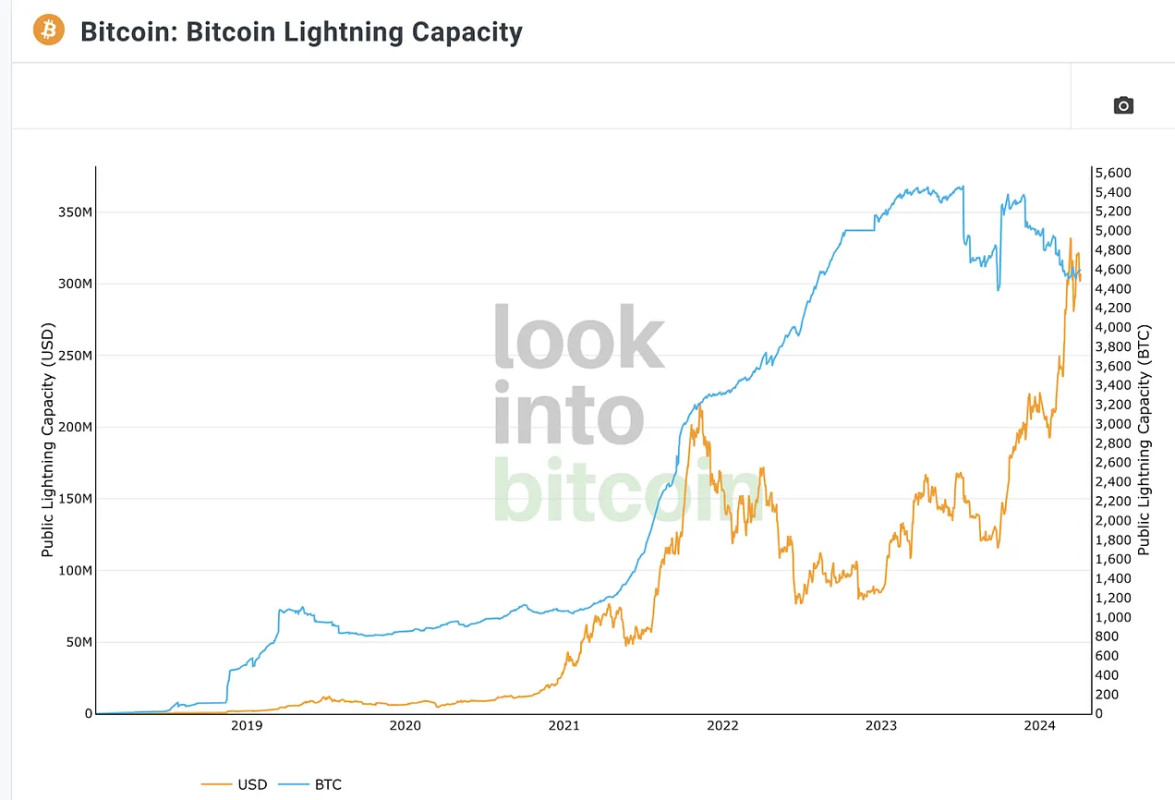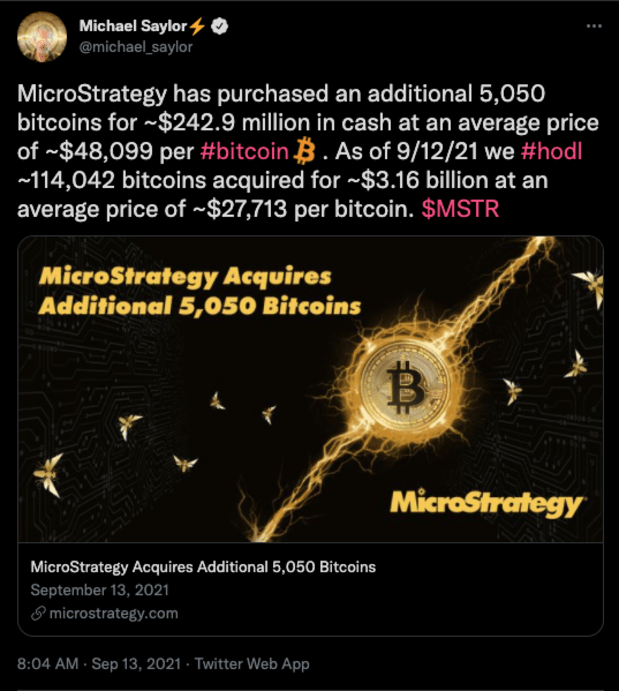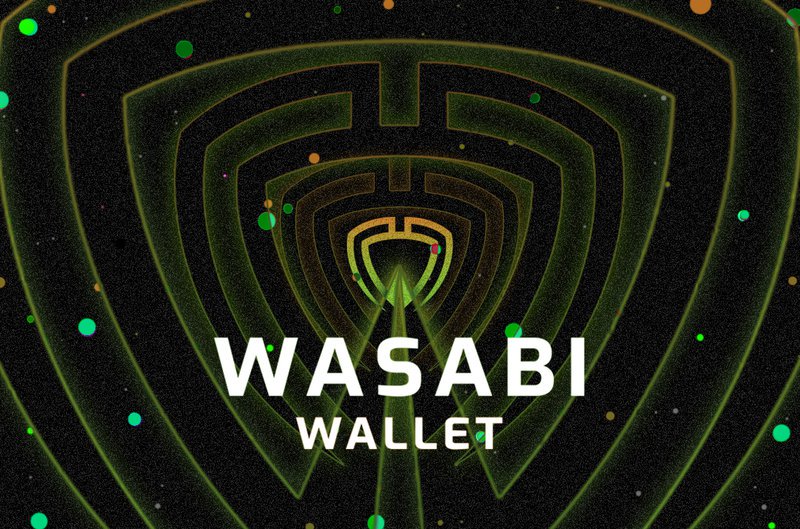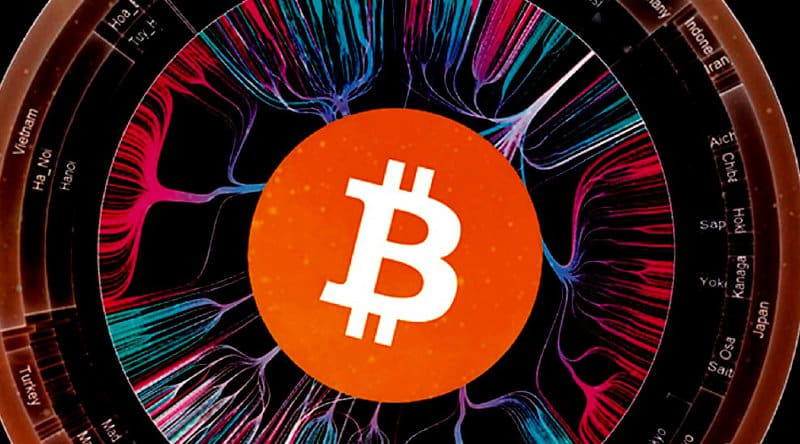Despite Criticism, Lightning Network Continues Seeing Major Rollouts
The below is an excerpt from a recent edition of Bitcoin Magazine Pro, Bitcoin Magazine’s premium markets newsletter. To be among the first to receive these insights and other on-chain bitcoin market analysis straight to your inbox, subscribe now.

Bitcoin’s revolutionary Lightning Network has seen two major rollout initiatives begin in the last month, with new access for both the Southeast Asian region and Coinbase worldwide; nevertheless, it faces increased criticism that the entire protocol is fundamentally flawed.
The Lightning Network is a Layer-2 protocol being developed on Bitcoin’s blockchain with the ambitious aim of trying to solve Bitcoin’s scalability problem. Since the theory behind this protocol was first developed in 2016, it has seen major attention from the entire industry as a revolutionary new potential future. Essentially, Lightning seeks to further embrace the decentralized nature of Bitcoin by relying on a mesh network of locally hosted nodes to carry out its main functions. Microtransactions of BTC are made by various users, and they are processed through these nodes; smart contracts enforce a system where these tiny transactions are shuffled around and bundled. Then, these larger bundles are actually processed directly on the original blockchain, so congestion there is minimized and it’s feasible to use Bitcoin for everyday transactions. Since development began, large and influential figures have endorsed the project; most famously, El Salvador’s government uses Lightning to make Bitcoin an accessible payment option for its whole citizenry.
Despite the early hype for the program, a persistent viewpoint that the project has stagnated has been on the rise. Going back years, multiple defenses of Lightning’s long-term viability as a concept have also acknowledged its setbacks, claiming that the technology might not be sufficient as a “silver bullet” to solve the scaling problem itself. Even as the network grew to its largest heights, a series of problems remained unshakeable. For example, smaller nodes may not have the practical capacity or startup capital to actually move users’ money around; bugs hinder the user experience; merchant access is somewhat lacking; as well as other concerns.
Although these problems have been well-known, by April 2024, a few signs are leading community members to question if a breaking point has come. A series of long-term developers have publicly quit the project and denounced its flaws, and this list includes both the protocol’s original authors. As Paul Sztorc, Lightning developer and CEO at Layer Two Labs, put it, “everyone now admits that you cannot onboard 8 billion people” to Lightning, a “microscopic” amount of total Bitcoin is actually available on Lightning, and most damningly, “almost everyone who uses the real thing dislikes it” amidst a series of complaints. Indeed, a particularly concerning statistic on Lightning’s future prospects has emerged, as the network’s capacity for Bitcoin is steadily dropping even as its dollar capacity is at an all-time high.

Nevertheless, these problems have not led the community as a whole to consider the project finished. For one thing, some long-term developers have displayed continued optimism and willingness to keep building, and the determined spirit of Bitcoin has not left Lightning yet. More to the point, however, major progress is being made in the field of reliable market accessibility. In March 2024, Lightning company Neutronpay secured $1.5 million in venture capital bridge funding to deepen network infrastructure and viability in Southeast Asia. Continued projects like this are vital to ensuring that users in less-developed regions are still able to access secure nodes.
This victory pales in comparison to the events of April 3rd, however, as Coinbase finalized a secure partnership to roll out Lightning on its platform. Coinbase has voiced its general support for Lightning access for several months, but only a concrete agreement with a partner like Lightspark can turn this support into access for the exchange’s worldwide user base. Coinbase is one of the largest exchanges in the world, with more than $150 billion in transaction volume on a quarterly basis, so combining its vast resources with Lightspark’s specific technical know-how is sure to create durable node infrastructure. One of the biggest concerns for the network as a whole is the myriad problems that faulty nodes can create, so Coinbase will surely be a bulwark in that respect.
The whole situation for the Lightning Network bears remarkable similarities with Ordinals, another popular Layer-2 protocol for Bitcoin. Rather than create a platform to process Bitcoin microtransactions as regular payments, Ordinals instead seeks to transform BTC into a more durable microformat, not to be spent in regular payments. Ordinals is able to “inscribe” unique data onto individual denominations of bitcoin, which enables popular new tokenized assets to exist integrated with the leading blockchain. Of course, the project is not only used for these tokenized assets, as the inscription can be used to incorporate a huge variety of information into the indelible blockchain. In a particularly memorable episode, some developers even use Ordinals to inscribe discontinued video games.

This entire concept has drawn a fair share of ire from certain sectors of the community. Influential developer Luke Dashjr, for example, claimed that the entire rationale behind Ordinals is a “vulnerability” in Bitcoin, one that is being “exploited… to spam the blockchain.” The popularity of the Ordinals BRC-20 token has even been linked to major congestion issues in Bitcoin, and Dashjr proposed a way to “fix” this alleged vulnerability and sabotage Ordinals’ continued functioning. Even as the network congestion has declined, the whole concept still sees pushback. Binance quoted their “ongoing efforts to streamline product offerings” as a rationale for completely removing Ordinals from their platform in April.
The criticism of Lightning does substantially differ from that of Ordinals, to be sure. Lightning’s detractors call it a failed attempt to help Bitcoin’s usability, while Ordinals’ critics see its success as a threat to the same goal. Nevertheless, there are a number of similarities between the two positions: both have developed a cadre of vocal opponents, and both have seen recent practical setbacks to their overall capacity. Developers on Bitcoin’s blockchain have always been an eclectic bunch, holding a wide variety of entirely different viewpoints on how to make Bitcoin better. Especially considering that the world of Bitcoin is both global and leaderless, it’s no wonder that these complex Layer-2 protocols step on a few toes.
And yet, neither one of them is completely defeated. Dashjr’s proposal to disable Ordinals was firmly rejected by the community, and development continues. In an impressive turn, the trillion-dollar finance giant Franklin Templeton even endorsed Ordinals with a report from their Digital Assets Division. This report claimed that Ordinals was driving a “renaissance” in Bitcoin adoption and that the new Ordinals products have both energized Bitcoin’s user base and clearly demonstrated the blockchain’s flexibility and superiority over its competitors. Praise like this from such an important source could truly be groundbreaking.
Events like this serve, more than anything, to prove once again that Bitcoin’s spirit is not merely posed to disrupt established industries and build a more rational order on the wreckage. Developers from around the world also have a determined ability to keep working on a project in the hard times, and this spirit has served us well on Bitcoin’s rocky road to the top. Lightning and Ordinals developers have both shown a continued ability to refine their projects despite great adversity, and that spirit has been rewarded with newfound institutional acceptance. It’s unclear at present where exactly either of these projects will go from here or if a newer Layer-2 solution will eclipse them both as the next revolution in Bitcoin. No matter what happens, however, it’s clear that Bitcoin as a whole will be stronger for it.









